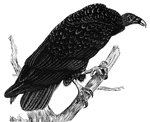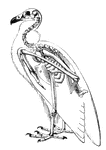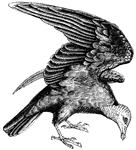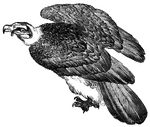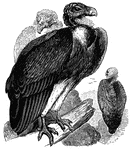Clipart tagged: ‘kvulture’

Turkey Buzzards
Genus Cathartes, found in the Americas, sometimes as far north as New England. These buzzards…
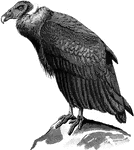
Condor
"On the Sarcorhamphus gryphus the Condor, the head and neck are bare, with dull red skin, wrinkled in…
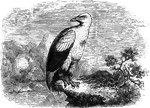
Vulture Hawk
Genus Gypohierax, is about the size of a goose, and is found in Western Africa, particularly…
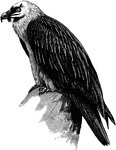
L&emumlmmergeier
"Gypaëtus barbatus, the magnificent L&emumlmmergeier, is greyish-black with white streaks, and has…

Lammergeier
The largest bird of prey native to Europe. Found in the lofty mountains of southern Eurasia and northern…
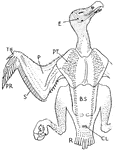
Lammergeier
"Young bearded griffin (Gypaetus barbatus). Showing the feather-tracts or pterylae, for instance those…

Lammergeyer
The lammergeyer (Swiss for "lamb-killer") is a member of the vulture family, but has a notably feathered…
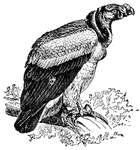
Vulture
In vultures, the head and neck are bare, the beak is long and curved at the tip, legs are powerful,…

Vulture Skeleton
"Skeleton of Egyptian Vulture. (Neophron percnopterus), to show bones of bird. a, post-orbital process;…
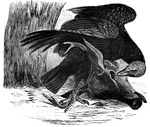
Black Vulture
Genus Coragyps, about the size of a small turkey. This one is feeding on a cow's head.
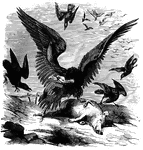
Black Vulture
Black vulture (or carrion crow), genus Coragyps, about the size of a small turkey. This group…

Brown Vulture
V. cinercus, native to the mountainous regions of Europe. It feeds exclusively on carrion.
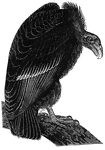
California Vulture
C. Californianus, a large species of vulture, found only on the western side of the Rocky Mountains,…
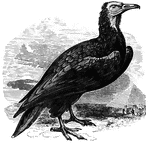
Egyptian Vulture
N. percnopterus, common to Africa, sometimes found in Southern Europe and in Asia. Males and…
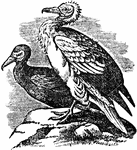
Egyptian Vulture
"One of the smaller Vulturidae, of a genus differing from the true vultures in the slender bill, which…
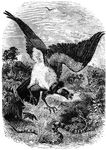
King Vulture
Genus sarcoramphus, a large vulture found in the tropical regions of the Americas, sometimes…
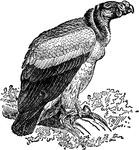
King Vulture
"A Vulture is any member of the family Vulturidæ included among the birds of prey. In all the…
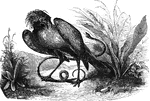
Secretary Vulture
G. serpentarius, known as the serpent vulture because it feeds on snakes. It has a distinctive…

Turkey Vulture
The Turkey vulture is found over the whole United States, but is more numerous in the southern region…

Turkey Vulture
Vultures are carrion eaters. The head and neck are usually bare, and the bill and claws weaker than…

Vultures
Genus Vulture, posess keen eyesight and a sense of smell for locating carcasses. Vultures feed…
